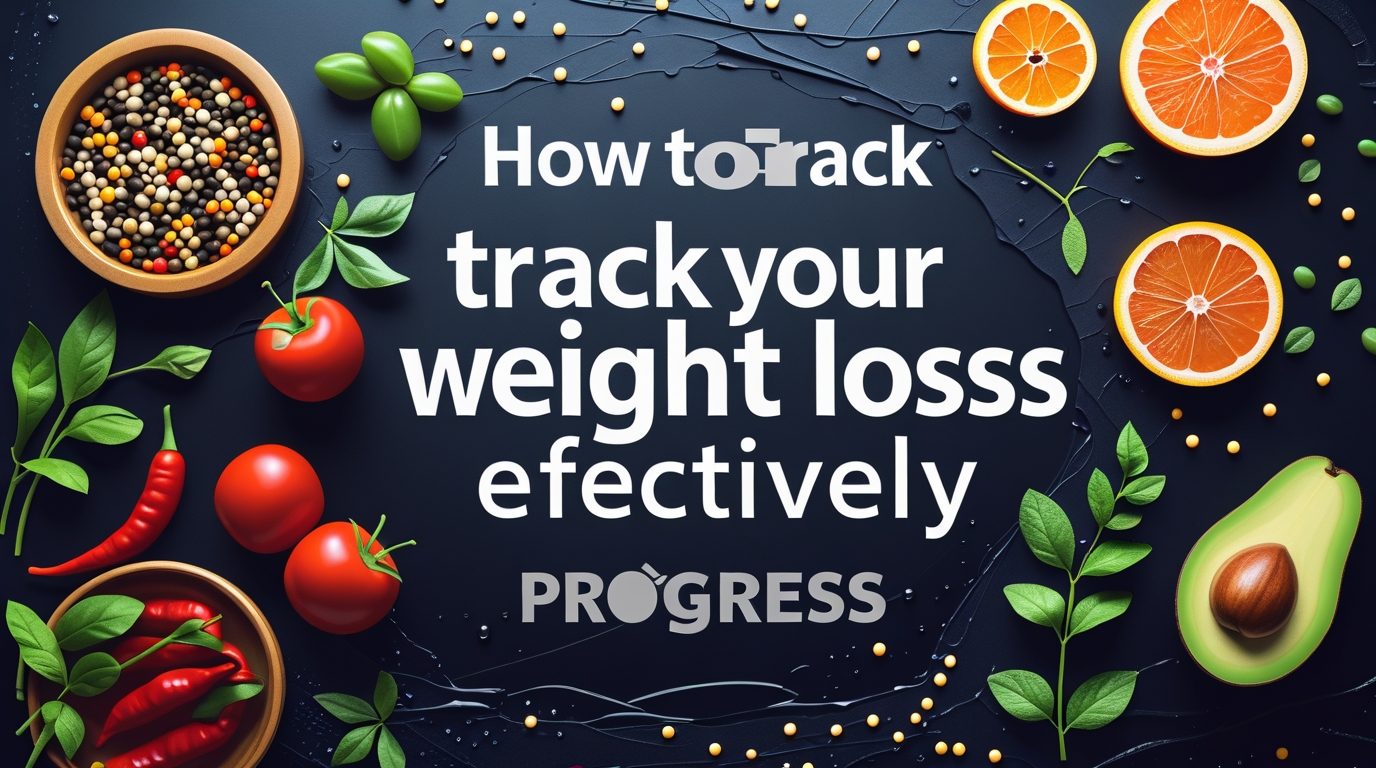Understanding how to effectively track your weight loss progress is crucial for anyone on a journey towards better health and fitness. It provides not only a sense of accountability but also helps in maintaining motivation and focus. With the array of diets and fitness regimes available today, understanding how to properly track your progress can mean the difference between success and frustration. In this blog post, we will delve into the best practices for tracking weight loss progress. Whether you’re just starting or are looking to refine your current strategy, these insights will guide you toward your goals.
Why Tracking Your Weight Loss Progress is Essential
Navigating the path of weight loss can be challenging without concrete data to guide you. This is where tracking comes in. By effectively monitoring your weight loss journey, you are able to make informed decisions and adjustments to maximize your results.
The Benefits of Effective Tracking
Firstly, tracking can help you stay accountable. When you have set targets and documented progress, you are less likely to veer off course. Moreover, by seeing tangible results, you boost your motivation and confidence, which are critical components of any weight loss plan.
Moreover, tracking offers valuable data that can highlight what methods work best for you. It empowers you to identify patterns and make necessary adjustments, ensuring your weight loss efforts are as efficient as possible. Lastly, it keeps the weight off in the long term by allowing you to develop sustainable habits.
Common Mistakes in Tracking Weight Loss
Despite its benefits, many individuals falter in their tracking efforts due to a few common mistakes. For instance, focusing solely on the scale can be misleading. Weight can fluctuate due to various factors such as water retention and muscle gain. Thus, it’s significant to use a variety of measures.
Another common mistake is being inconsistent in tracking efforts. Sporadically documenting your progress won’t provide the full picture of your journey. Lastly, people tend to underestimate the impact of small changes, which can actually lead to considerable differences over time.
Methods for Tracking Weight Loss Progress
Now that we understand the importance of tracking, let’s explore some of the most effective methods available.
Using the Scale Wisely
The bathroom scale can be a helpful tool if used correctly. However, it’s essential to use this tool in combination with other measures. Weigh yourself at the same time each day, preferably under the same conditions, to ensure consistency.
Remember, it’s the long-term trend that matters, not daily fluctuations. Keeping a log over weeks and months can provide a more accurate picture of your progress.
Embrace Body Measurements
Body measurements provide insight that the scale often misses. Use a simple tape measure to record sizes of your waist, hips, chest, arms, and thighs. This method can be particularly helpful when you are gaining muscle, which might increase weight while you are still losing fat.
Measure once every two weeks to track change and get a comprehensive view of your body transformation.
Visual Progress: The Power of Photos
Photos can be an incredibly motivating tool for tracking progress. Take consistent photos of yourself in similar clothing and conditions over time. This visual documentation provides a tangible representation of transformation.
Take the photos every four weeks or so to visualize your journey and boost motivation when the scale isn’t reflecting your hard work.
Technological Tools for Weight Loss Tracking
Incorporating technology can streamline your weight loss tracking and provide a more detailed look at your progress.
Fitness and Health Apps
There are many apps available that offer comprehensive platforms for tracking weight, food intake, and exercise. Apps like MyFitnessPal or LoseIt! can automatically calculate your caloric intake and provide visual charts of your weight loss journey.
These apps can also motivate you by connecting with a community of like-minded individuals to share tips and progress.
Wearable Technology
Wearables such as fitness trackers or smartwatches can offer an even deeper dive into your health journey. These devices track steps, heart rate, and calories burned, and can be synced with your chosen fitness apps for a comprehensive tracking system.
Regular monitoring of this data provides insight into how your activity level correlates with weight loss results.
Additional Tips for Effective Tracking
While the methods discussed cover the basics, there are additional strategies to enhance your tracking experience.
Setting Realistic Goals
Begin with achievable goals and be specific. Instead of setting a goal of “losing weight,” aim for losing a specific number of pounds over a realistic time frame. Realistic goals ensure you stay motivated and don’t succumb to the discouragement of unmet expectations.
- Start with small, measurable goals.
- Track non-scale victories like improved energy or better sleep.
- Adjust as necessary to maintain progress.
Regular Review and Adjustments
Consistent reviewing of your data ensures that you can tweak your strategy based on your findings. If you’re not progressing as expected, consider reevaluating your diet, exercise, or even your stress levels.
Be proactive in tweaking your habits to avoid plateaus. For example, considering a more balanced approach in your diet could yield better results, or it could be a simple matter of increasing activity.
Conclusion
Effectively tracking your weight loss journey is about more than just numbers. It’s a comprehensive approach incorporating various methods and tools to maintain motivation and achieve your health goals. Embrace the various strategies discussed, and remember to personalize your tracking to your unique needs and preferences.
We hope these insights help you on your journey. If you’re eager to explore further, check out our other resources like this guide on sustainable weight loss and ways to boost metabolism for weight loss. Your journey is yours; make it insightful and rewarding!
Do you have tips or personal experiences you’d like to share? Let us know in the comments below. If you found this post helpful, please share it with others who might benefit from these insights or subscribe for more content like this.

Leave a Comment